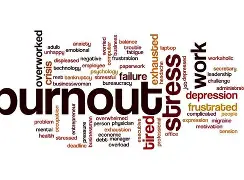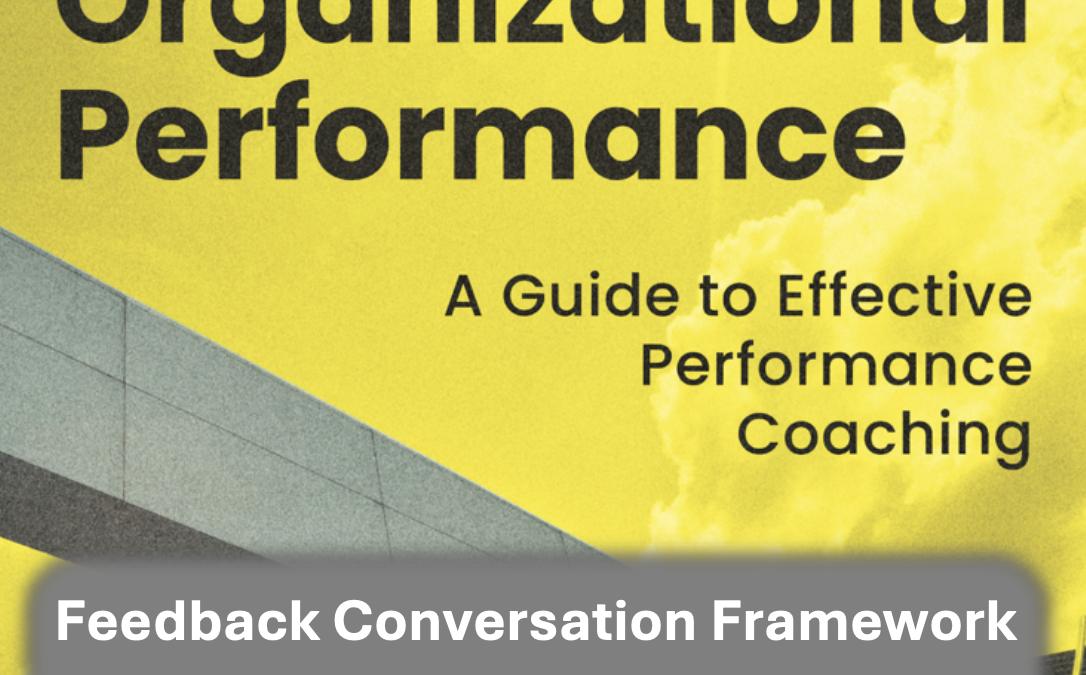
In the world of performance coaching, there are few skills more critical – and more challenging – than that of giving effective constructive feedback. It is the GPS that will orient your team members toward the roadmap of improvement. But how can you make sure that your team members don’t just hear you, but actually listen to your ‘compass’ and use it?
First, timing is crucial. The closer the feedback is to the immediately observed behavior or performance, the more meaningful it will be; the longer the delay, the less impactful the feedback is likely to be. Second, setting is important: don’t confront your team member if others are present. Give feedback in a private, quiet, comfortable setting so that your team member won’t feel embarrassed to talk to you.
When you need to give feedback, make sure to focus on behaviors, not personality traits. Saying ‘You’re a disorganized’ is a much harder thing for the recipient to change than ‘I’ve noticed that you’re always late with the reports’, for example. It’s objective, it’s specific, and it’s actionable. That means it’s much less likely to trigger a defensive barrage.
The SBI (Situation-Behavior-Impact) model is your new best friend. Describe the situation, followed by a behavior and an impact: ‘When you talked over Sarah again in yesterday’s team meeting (Situation), it stopped the flow of the discussion and made her not want to share her ideas (Impact) because it made her feel like she wasn’t being heard (Impact).’
Make feedback constructive by emphasizing both praise and areas for development. Many experts advise what is called the ‘feedback sandwich’ approach: start with a positive observation, move to an area of development, and finish with another positive observation. This can work if used sparingly and if you don’t diminish the weight of actual development areas.
Remember, feedback is a conversation. Encourage the recipient to share the context behind the message and engage in a dialogue. This not only provides productive context and insight but also helps foster ownership of the feedback and a commitment to change.
Specificity is your friend when it comes to constructive feedback. ‘You need to be more proactive’ is less helpful than ‘I’d like you to raise at least one new project idea in our weekly team meetings.’ The more specific you can be in sharing feedback, the easier it is for the receiver to hear and act on it.
Finally, follow-up. Good feedback is not a one-time thing. It starts when you stop speaking, but it doesn’t end there. Set up check-ins to discuss progress, give more support, or review the feedback and ensure that the person is translating the feedback into action. It shows that you care about the person and the impact that they had.
There is really no such thing as mastery when it comes to providing effective feedback. Delivering feedback well is a process not an outcome. It takes time, experience, compassion and genuine interest in helping people do better. But when done well, it’s one of the most potent tools you can use as a performance coach, triggering the kind of individual improvement that drives organizational success.
After all, constructive feedback doesn’t exist to admonish, but to encourage action that enables and aids. As an organization shifts its perspective to align with this approach, feedback can cease to be dreaded. It becomes a gift that enables growth, a key ingredient in a culture of development.
#ConstructiveFeedback #PerformanceCoaching #LeadershipSkills #EmployeeDevelopment #CommunicationSkills #ContinuousImprovement #MaximizeOrgPerf
Image credits: ©Possibilities Unlimited


